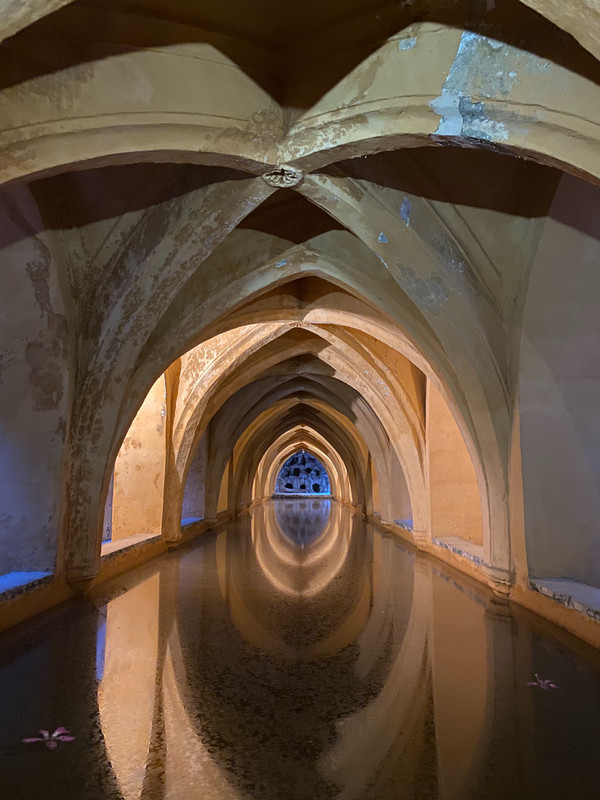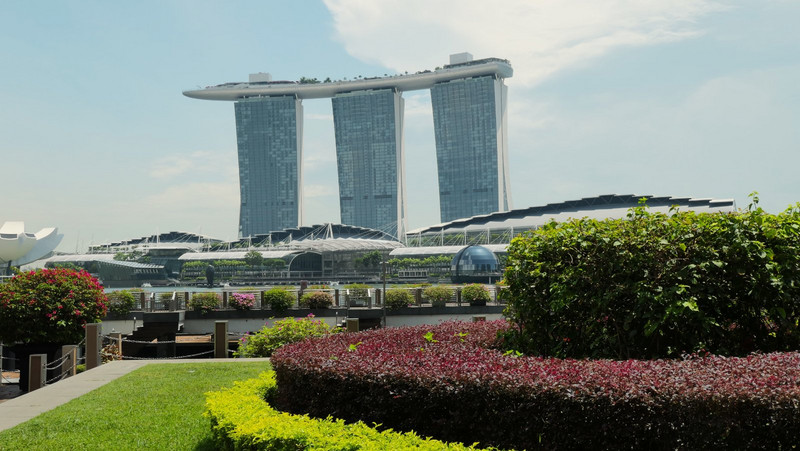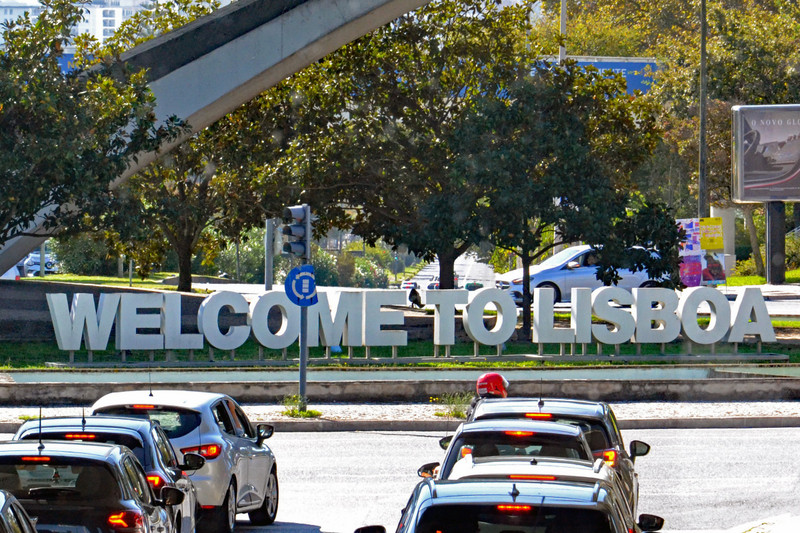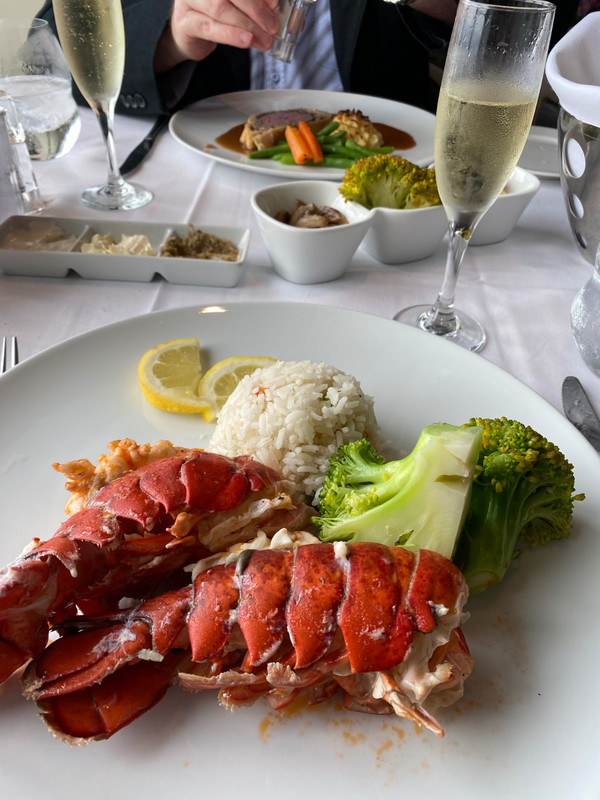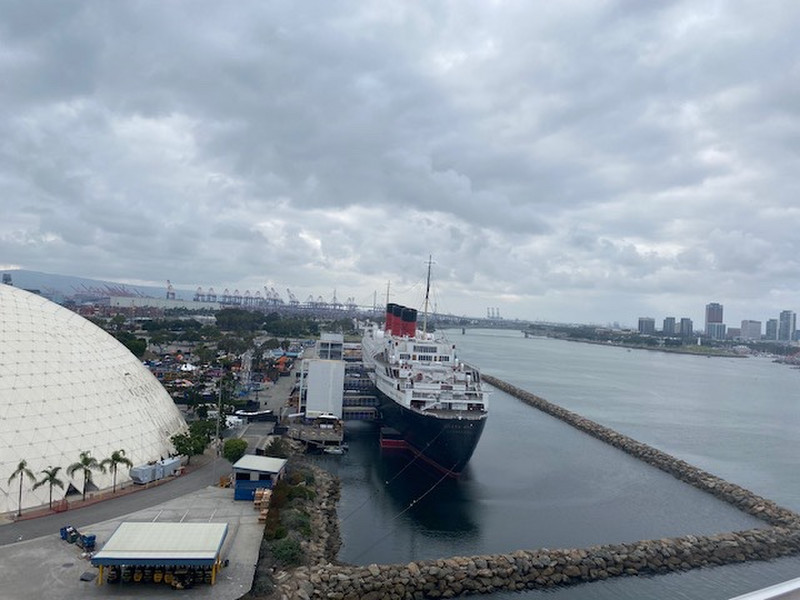There is just something about train travel.not exactly sure what that is, but maybe its because were Americans who grew up in the suburbs of our respective cities in the 1960s and ‘70s and as a result always arrived everywhere by car. America is a nation of highways. That was America back thenyou want to go some place, you simply jump in the car and go. There were no train stations in your town anyhow. So now when we have the opportunity, we really enjoy train travel and Europe in this case Spain, has provided that opportunity. Renfe, the in Spain, has our main source of transportation.
All that being said..we took the train from Granada to Ronda for a couple of days and then on to Seville and subsequently to Toledo. For us train travel has a certain romance about it. Gasoline is much more expensive in Europe and fewer people own cars. We suspect that for Europeans, it is routine but for us it is exciting. Just to kick back and watch the countryside go by is a small treat, but a very nice one. Our photos as we ride simply do not
do justice to what we are seeing. The topography is ever changing. The rolling hills, olive trees, the farms and quaint villages dot our path. It is tranquil and the train rocks along the tracks.sometimes gently, other times not so much.
As with all the trains we rode, the trains are nice and clean, but the tracks can sometimes cause a fair amount of pitching back and forth as the speeds approach 70 mph (120 km/hr). trains are for traveling shorter distances within Spain as opposed to the high speed trains, which ride smooth as silk and you do not really notice how fast you are going unless you take a peek at the reader board in your car and realize that youre moving at about 140 mph (240 km/hr).
After enjoying a smooth ride, we arrive in Ronda, which is a smallish town of some 30,000 in Andalusia that draws visitors from around the world. We read that it is the third most visited town in Andalusia. Who knew? Ronda is perched at the top of a gorge which provide incredible views and top to bottom views as well. Many hotels and restaurants sport
a view of this historic village. Youll have to read up on the progression of changes, from the Neolithic Age, to Phoenician settlers, through the Roman ages, to the Spanish Inquisition. some say Hemmingways fictional village in For Whom the Bell Tolls, is reminiscent of Ronda. Orson Wells also fancied this town.
It proved to be a good stop for us. Today, Ronda has a beautiful park called Alameda del Tajo, which is well suited to a shaded stroll if just to avoid a bit of heat in the It also contains a nice view of the valley below. Ronda also has a bull fighting museum which is on a fairly grand scale. We dont profess to know much about this sport, but it has deep roots in this part of the country. The audio tour does a favorable job giving the history, including a few generations of families who have dedicated themselves to this sport. The bull ring itself is fairly impressive and holds over four thousand spectators. In older times, the king and other royals would sit in their private box. Today, many places have outlawed bull fighting, but Ronda celebrates this ancient endeavor.
When in Ronda, dont miss an opportunity to go to the Ronda Guitar House. This was our favorite! Performing for us at the House of Don Bosco was Pablo Seco, an international classical Spanish guitarist. Pablo captured our attention from the first minute with his intense strum of the strings and emotions he emanated. As our friend Keith pointed out, it would be great if we could have bought a video of his performance. His facial features and expressions intensify the musical experience. Bravo is all we can say. dont miss this place.
As is our continuing luck, once again we stumbled on a restaurant where the food made our taste buds dance! If you are in town, take your appetite to Casa Ortega. Weve adapted to the Spanish eating times.
